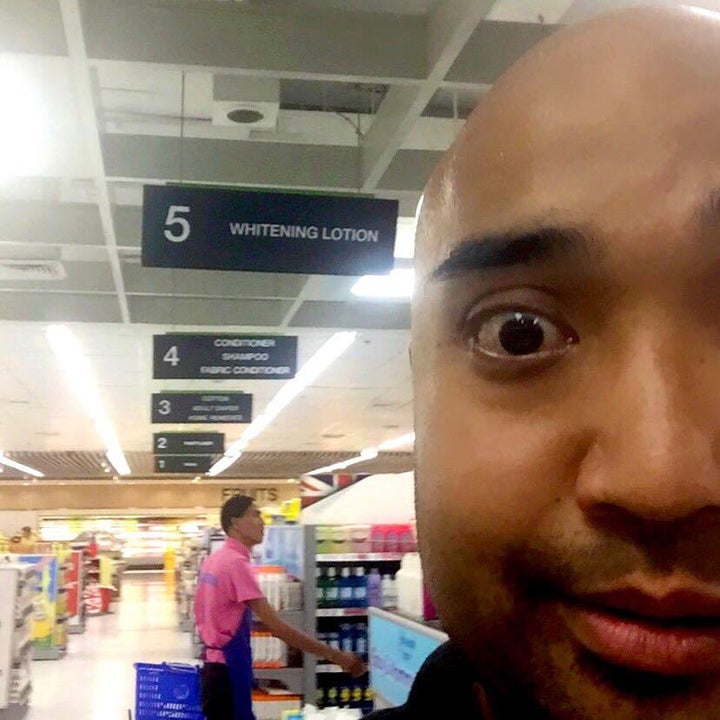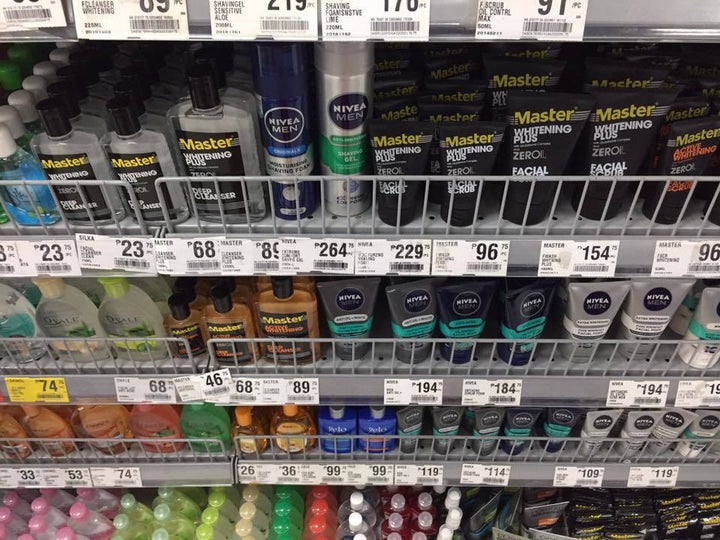Kevin Nadal, Ph.D.
Professor of Psychology, City University of New York
Filipino Americans who were born and raised in the US learn a lot of mixed messages. Most of our parents teach us to be proud of our roots, but majority of us were never taught to speak a Pilipino language. We’re often told our elders and recent immigrants that we’re “not Filipino enough”, while White people often ask us, “Where are you really from?” - even after we identify the American hometown we were born or raised.
Our brown skin, slanted eyes, and Spanish surnames often confuse people; depending on the day, season, or context, people may perceive us as Asian, Latinx, Pacific Islander, Middle Eastern, multiracial, or sometimes Black. Some Filipino Americans are so racially ambiguous that strangers will have to stop and ask us what we are. Others experience a variety of microaggressions based on whatever race people stereotype us to be. Sometimes, we are told (directly or indirectly) that we aren’t really Asian; that our skin is too dark; or that we are among the lowest of the Asian totem pole. Because these messages are often communicated by East Asian Americans (e.g., Chinese, Japanese, or Korean Americans), many Filipino Americans report feeling more affinity with Pacific Islanders, Latinx, and Black Americans, and some build coalitions with South Asians to proclaim that Brown Asians exist.
At the same time, our own Filipino family members and communities have taught us many messages about the meaning of being brown. Most Filipinos (in the Philippines and across the diaspora) have likely heard a parent, grandparent, or older relative encourage them to stay out of the sun or to avoid getting dark. Others may have even been encouraged (sometimes forced) to use Eskinol - a bleach cream that boasts the ability to whiten skin. So, even if many of us are taught to be proud of our ethnic identity as Filipinos, we can still carry with us an internalized oppression or colonial mentality, that teaches us that dark skin and indigenous qualities are bad.

KEVIN NADAL

KEVIN NADAL

No comments:
Post a Comment